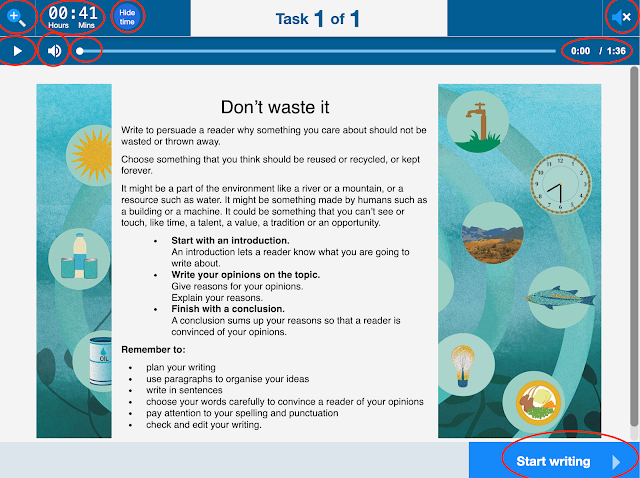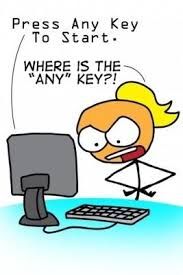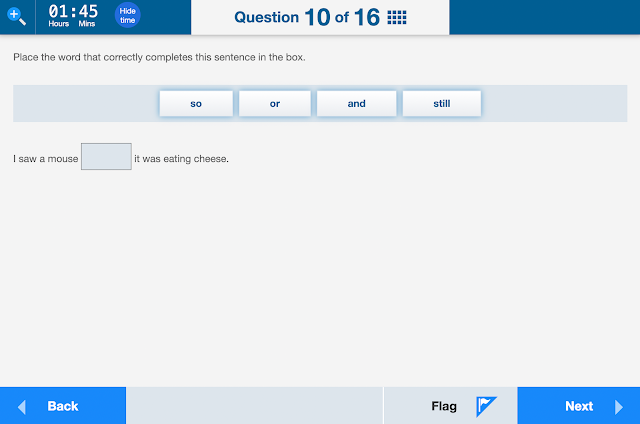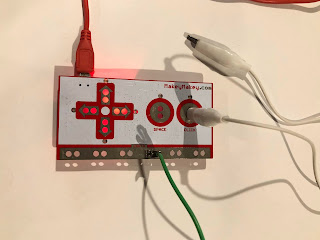BOSTES lauches STEM and coding support for NSW Teachers
Coding and Computational Thinking in NSW Curriculum
In May 2016 BOSTES released a support document for NSW teachers. The document offers teachers ideas for integrating coding and computational thinking into each of the key learning areas.The first page http://k6.boardofstudies.nsw.edu.au/wps/portal/go/science-and-technology/statement-on-coding has definitions and links to useful resources. This page is definitely worth exploring as many of them are free and they are useful in multiple key learning areas across multiple year groups.
The activities are designed to be similar to the many tasks that teachers use regularly. Additional resources are included to enable teachers to modify tasks to include more detailed computational thinking and coding tasks.
Example
In stage 2 teachers reinforce the idea of writing a procedure. In computational thinking and coding this is called an algorithm.
In maths you can introduce the idea of an algorithm by asking students to write algorithms.
- "write an algorithm to solve a simple mathematical problem – view the YouTube clip What's an algorithm? by David J Malan
- write an algorithm (procedure) to draw a square, then open a simple coding program to draw a square" eg: Pencilcode.net
Students find writing an algorithm to draw a square quite difficult. The instructions must be clear enough for a robot to use it. The teacher can have some fun playing the robot and following the instructions literally to highlight problems with the algorithms. As students see the errors of their peers they will want to edit their procedure before you do it.
Other useful pages
http://syllabus.bostes.nsw.edu.au/support-materials/sample-units/http://syllabus.bostes.nsw.edu.au/stem-support/stem-sample-activities/










Comments
Post a Comment